Space Debris Removal: Importance, Today’s Methods & TOP 7 Innovative Spacecrafts
30th Mar 2022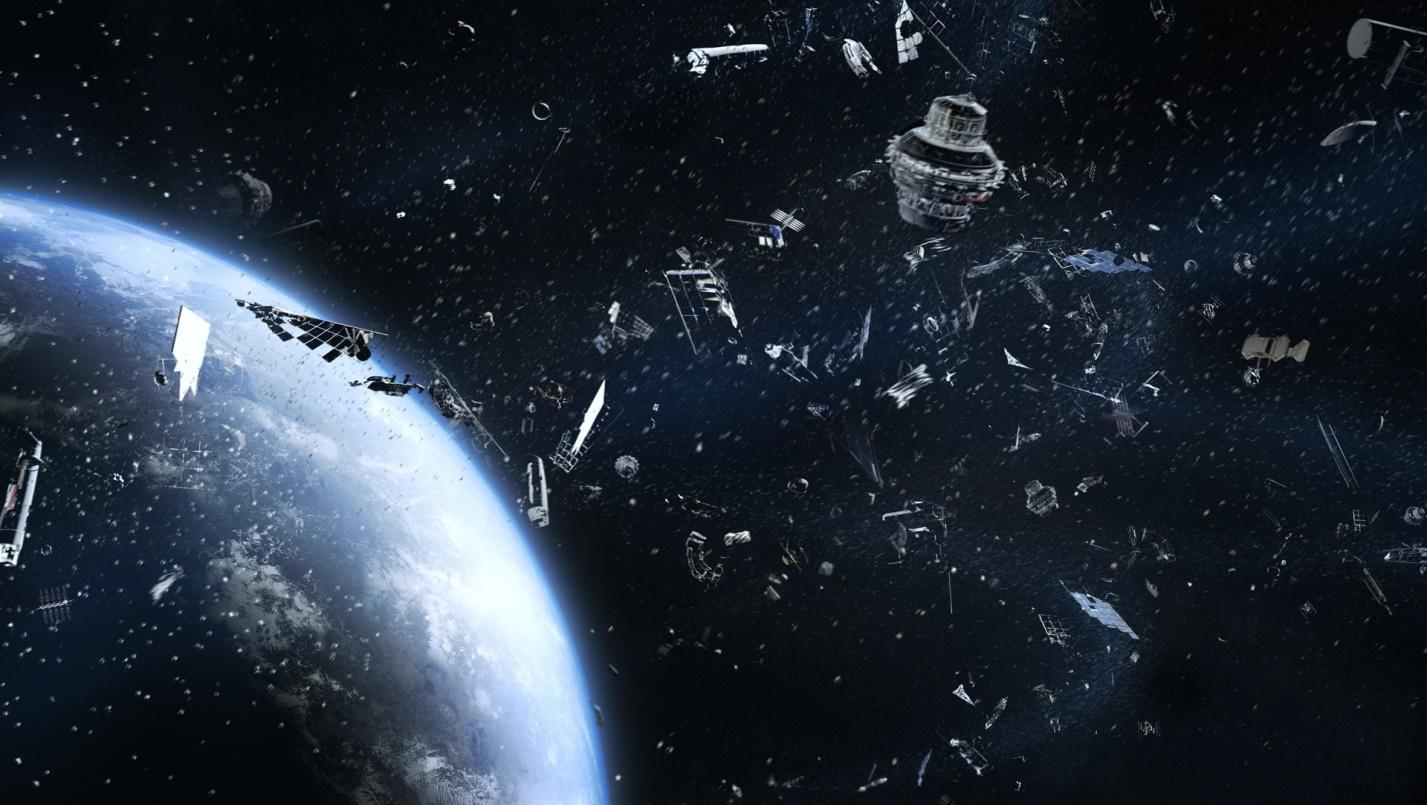
Space debris is the solid matter that has accumulated in low Earth orbit over 60 years of human space exploration, and the issue of space debris removal today is more pressing than ever. Space junk is spent 2nd and 3rd stages of rockets, upper stages, satellites and their fragments resulting from collisions and explosions. But can space debris be cleaned up?
Scientists have calculated that about 130 million particles 1mm in size and about 30 thousand particles over 10cm in size revolve around the Earth, which is 95% of all space objects in orbit. All this junk is a serious problem for further space exploration. The growing number of debris creates a threat of collision with active spacecraft. Due to the high speed, 10 times the initial speed of a 7.62 calibre bullet, even small particles with a diameter of 1cm can easily pierce the coating, and larger fragments can completely destroy the spacecraft and even the orbital station.
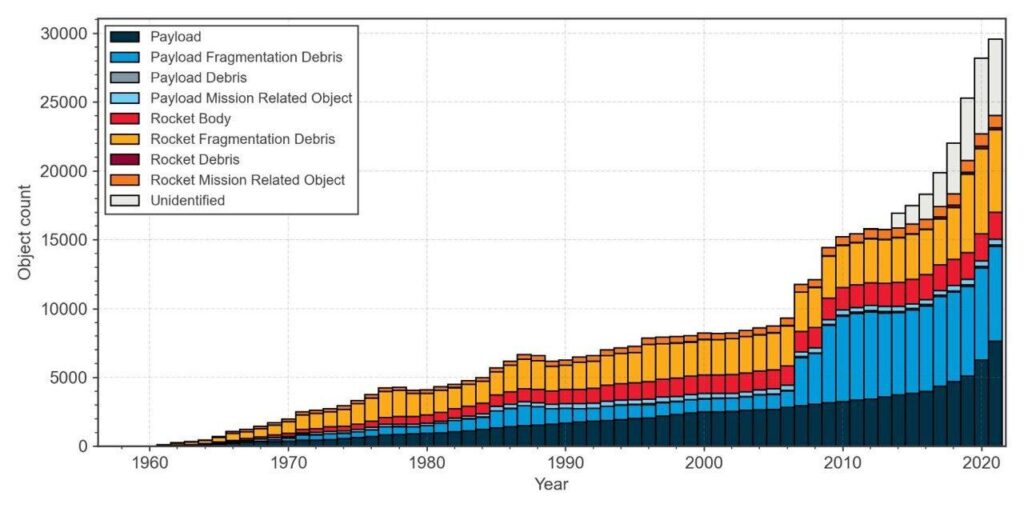
The first known accident of two artificial objects in space occurred in 2009. An active American telecommunications satellite Iridium 33 and a failed Russian satellite Cosmos 2251 collided above the Russian territory. It was evident that the two spacecraft are on the verge of collision, but Iridium had no controls, which is why the collision was inevitable. About three thousand more space debris are now floating in orbit due to this collision.
Scientists say that space debris accumulation in orbit will eventually cause a cascade effect called the Kessler syndrome. When one piece of junk creates more space debris similar to a nuclear chain reaction, further flights into space will become impossible due to uncontrolled collisions. Once again, scientists keep asking – can space debris be cleaned up?
The current situation encourages space agencies and companies to develop all kinds of space debris removal solutions. Orbital Today has handpicked the most interesting space debris removal techniques discussed in more detail below.
Space debris removal methods
So far, humanity has developed only two ways of preventing space junk collisions – protective screens (against fragments of 0.1–1cm in size) and evasive manoeuvres (fragments of 1cm or more). A direct collision of a large fragment with a satellite or a vehicle will lead to serious damage or guaranteed destruction of the spacecraft. Removal of space debris is the most obvious solution to minimise the risk of collisions. Space debris removal mission allows unloading the orbits and freeing up space for new spacecraft as the number of flights is growing rapidly every year. So, let us find out how can space debris be cleaned up.
Most of the space debris removal concepts developed today involve the removal of decommissioned objects and their debris from LEO and GSO into the Earth’s atmosphere and/or their transfer to special disposal orbits. But there is also a more radical solution – complete destruction to the size of dust particles that will be unable to cause damage on impact. There can be active or passive removal of space debris on this basis. Look at the picture demonstrating space debris removal techniques below.
Space debris removal techniques
|
Active (require the energy input of the spacecraft) |
Passive (do not require the energy input of the spacecraft) |
|
Departure from a working orbit using its own propulsion system |
Braking and deorbiting using the following objects:
|
|
Capture and tug by other spacecraft |
|
|
Remote energy impact (laser or ion flow) |
|
|
Full or partial recycling |
It should be noted that so far, none of these space debris removal methods has been fully applied. Until recently, humanity was only concerned with the economic and scientific effect of launching satellites, and the need for the removal of space debris, which is quite an expensive task, arose relatively recently. However, if action is not taken now, access to space could be soon closed for hundreds, if not thousands of years. What is being done to avoid Kessler’s syndrome or at least delay it? Let’s take a look at the available space debris removal solutions.
The most promising space debris removal projects
RemoveDebris
Space debris removal satellite was developed by a consortium of companies involving the British division of Airbus and Airbus subsidiary, the largest manufacturer of small satellites Surrey Satellite Technology Limited (SSTL). The space debris removal satellite is equipped with a net and harpoon to capture space debris, as well as a visual navigation system to track debris in orbit using optics and LIDAR. The satellite is designed for cleaning fragments up to 2m in size and weighing up to 2 tons. The first test of RemoveDebris space debris removal satellite to capture an object in space using a network took place in September 2018. In February 2019, the harpoon was tested. Moving at a speed of 20 meters per second, it successfully hit and pierced the satellite panel mounted on the satellite’s boom, confirming the ability to capture space debris.
The next step is to test an aerodynamic sail that will force RemoveDebris out of orbit in a record eight weeks. It would take more than two and a half years to do it naturally.
ClearSpace-1
Space debris removal mission by European Space Agency and the Swiss company ClearSpace is designed to demonstrate the technologies for rendezvous, capture and deorbiting of the payload adapter of the Vega launch vehicle (Vespa). A piece of space debris left by a rocket in 2013 is about 500 miles above Earth and weighs about 220 pounds. ClearSpace-1 plans to use a robotic arm to grab Vespa and drag it from LEO into Earth’s atmosphere, where both spacecraft will burn up. The space debris removal mission succeeds the cancelled ESA Deorbit mission and is scheduled to take place in 2025.
Space Tug
Skyrora Ltd, a British company from Edinburgh, is developing one of the most promising space debris removal concepts today – a space debris removing space tug. The design of the space tug is based on the upper stage of the Skyrora XL launch vehicle, with adaptations to ensure spacecraft survival in the space environment. Space Tug will not only remove spent satellites and their debris from orbit or transfer them to a disposal orbit but will also carry out:
- orbit correction of active satellites,
- their refueling,
- launching cargo into lunar orbit.
In early 2021, Skyrora conducted the first Space Tug tests. The full use of the tug is planned for 2024, after the first launch of Skyrora XL.
ADRAS
The device, developed by the Japanese company Astroscale, will perform operations to remove space debris using a magnetic capture. In the summer of 2021, the company successfully conducted the first mission called ELSA-d to demonstrate its space debris removal methods. The spacecraft was launched by a Russian Soyuz rocket from the Baikonur Cosmodrome in Kazakhstan. Below you can see ELSA-d demonstrations phase by phase.
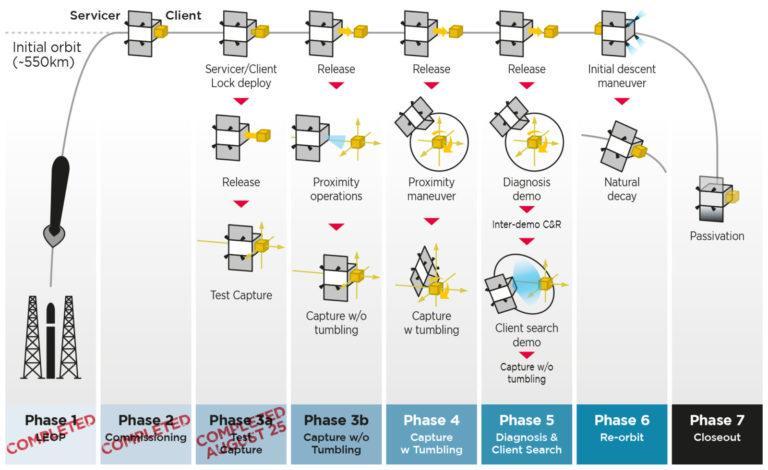
In the fall of 2021, Astroscale signed an agreement with the leading micro-launcher Rocket Lab to launch its next mission under the auspices of JAXA ADRAS-J, which will take place in 2024. The mission will include a rendezvous with the second stage of the JAXA H2-A rocket. In the first stage, the debris removal satellite will approach the stage and centre on the target. In the second stage of these space debris removal projects, the debris will be deorbited.
Obruta RPOD Kit
American startup Obruta is developing the spacecraft Rendezvous, Proximity Operations, and Docking (RPOD) Kit, which is a unique solution for equipping spacecraft for safe, reliable and autonomous docking in orbit.
To a certain extent, the RPOD Kit is an analogue of the Skyrora Space Tug. The list of its capabilities goes beyond detecting and cleaning garbage. What can the equipment do?
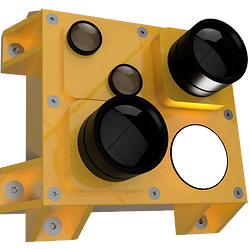
- Asset inspection
- Space situational awareness
- Orbital refueling
- Satellite life-extension
- Satellite hardware upgrade and replacement
- Satellite end-of-life & space debris removal
- Assisted satellite orbit relocation and reusable logistics vehicles
- Orbital manufacturing materials delivery & manufactured product return
- Space station crew, tourist, & cargo transportation
Obruta specialists promise flexible integration with all spacecraft subsystems, as well as chemical and electrical propulsion systems. The company hopes that its development will help optimise the market for orbital services and logistics.
Turion Starfire Droids

US company Turion Space offers a unique Starfire platform for detecting, monitoring, and tracking satellites in real-time, as well as maintaining them to extend their service life and deorbiting spacecraft. Using the Starfire platform, the customer will be able to manage a fleet of special micro droids that will perform all of the above operations in orbits at an altitude of 400-800 km. Data can be collected and retrieved in less than an hour. Moreover, as the company promises, the mechanism for capturing micro droids will not depend on the surface features of the spacecraft and will not require a docking mechanism pre-installed on it.
Tungster broom
The American scientist Gurudas Ganguly from the US Navy Research Laboratory proposed the idea of radical cleaning of low Earth orbits. This is one of those space debris removal solutions that imply scattering a dust cloud of tungsten (wolfram) particles at an altitude of 1100 km, creating a symmetrical 30-km-thick shell around the Earth. According to scientists, this will require about 20 tons of dust particles 30 micrometres in size. Tungsten was chosen because of its gravity, the material is 1.7 times denser than lead.
Ganguly calculated that friction against the atmosphere would cause the shell to slowly contract and move closer to the Earth. This will clear the orbits of small debris up to 10 cm. Still, these space debris removal concepts will not work with larger fragments. They will have to be removed using the methods described above. The whole process will take about 35 years, so this method should be considered only as the total reboot of near-Earth space, in particular, as a result of Kessler’s syndrome’s onset.
Is a future without space debris possible?
Those are only some project examples that should help unload the near-Earth space and make peaceful space exploration more comfortable and safe. However, a legitimate question arises. Will humanity be able to clean up after itself in space if it has not still learned to clean up after itself on Earth? Hope springs eternal as far as space debris removal is concerned.
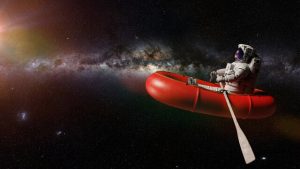
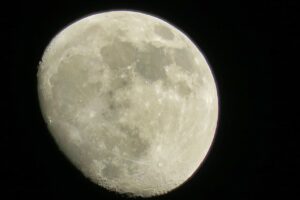
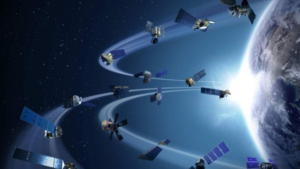


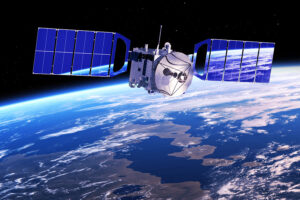
Thank you for your comment! It will be visible on the site after moderation.